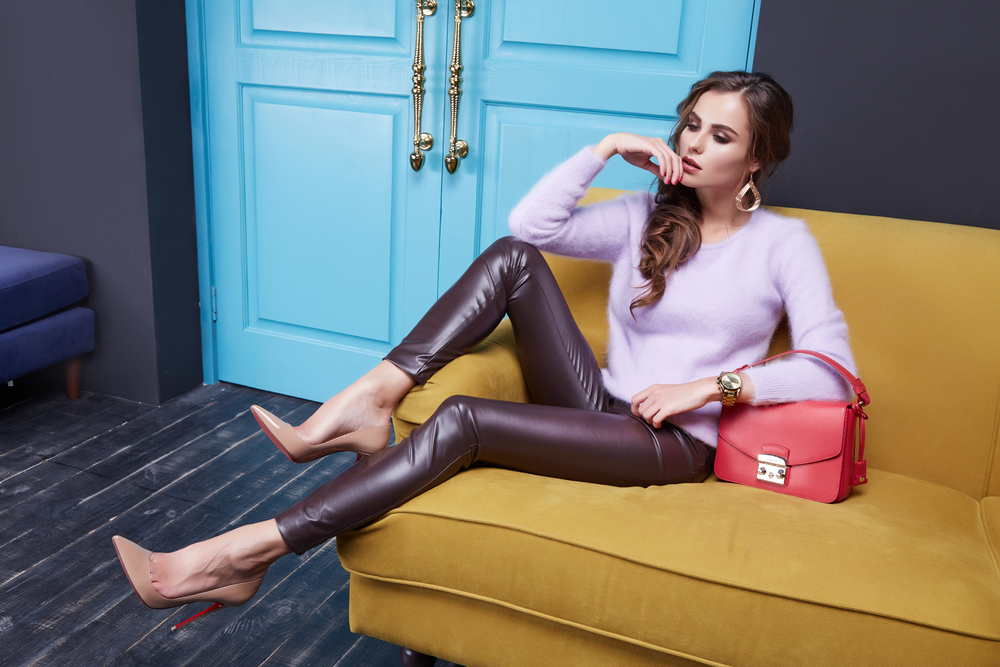
In the world of fashion and photography, the art of capturing the perfect shot is a skill that requires finesse, creativity, and a deep understanding of modeling techniques. Whether you are an aspiring photographer or a model looking to further refine your skills, mastering the art of modeling in photoshoots is essential for creating mesmerizing and captivating images. In this article, we will delve into the intricacies of modeling (or modelling) techniques and explore how these skills can elevate your photoshoot game to new heights.
1. The Power of Posing: Telling a Story Through Body Language
One of the fundamental elements of modelling (or modeling) is the ability to convey a story or emotion through body language. By mindful posing, models can transform into characters, taking the viewers on a visual journey. Each pose should have a purpose, highlighting the beauty of the garments or products being showcased while evoking a specific mood. Whether it's a graceful ballet pose or a strong and confident stance, every movement should be intentional and contribute to the overall narrative.
2. Mastering Facial Expressions: The Window to the Soul
A model's face is a canvas that can communicate a myriad of emotions. From a sultry gaze to a genuine smile, the art of mastering facial expressions is crucial for capturing the essence of a moment. Models must practice various expressions, exploring the range of emotions and finding the most effective ones for different contexts. The eyes, in particular, can captivate the viewer, so it's essential to learn how to convey emotions through this powerful feature.
3. Embracing Naturalness: Authenticity in modeling (by models)
While posing and facial expressions are important, an authentic and natural approach to modelling can create truly captivating photoshoots. Models should aim to bring their unique personality to each shoot, infusing themselves into the images. Embracing imperfections, quirks, and genuine emotions adds depth and relatability to the photographs, forging a connection with the audience. A genuine smile or a candid moment can often be more captivating than a meticulously planned pose.
4. Understanding Lighting: Sculpting the Perfect Shot
Lighting in photography is like a paintbrush in the hands of an artist. Mastering lighting techniques is vital to highlight the model's features, create depth, and evoke particular moods. Different sources of light, such as natural light, studio lights, or even artificial lighting, can drastically alter the atmosphere of a shoot. Models should be aware of how lighting affects their appearance and collaborate with photographers to experiment with different setups for optimal results.
5. Working with Props and Wardrobe: Enhancing the Visual Story
Props and wardrobe can be invaluable tools in bringing a visual story to life and enhancing the overall composition. Models should understand how to interact with various props, allowing them to become an integral part of the narrative. Likewise, understanding how different garments and accessories can enhance or distract from the shot is essential. Collaborating with stylists and photographers to select props and wardrobe that complement the concept of the shoot is crucial for creating captivating images.
FAQs:
Q1: How can I improve my posing skills as a model?
A1: Practice is key! Spend time in front of a mirror experimenting with different poses. Analyze fashion magazines for inspiration and take note of the subtle nuances in the posing. Consider working with a posing coach or attending workshops to further refine your skills.
Q2: What role does communication play in a successful photoshoot?
A2: Communication is vital in ensuring a smooth and productive photoshoot. Models and photographers should openly discuss the concept, desired mood, and expectations before the shoot. Constant communication on set allows both parties to collaborate effectively and make adjustments as needed.
Q3: How can models establish a connection with the camera?
A3: Building a connection with the camera comes with practice and comfort in front of the lens. Allow yourself to relax and be present in the moment. Imagine the camera as a dear friend or confidant, letting your personality shine through in your gaze and expressions.
Q4: What are some tips for working with different types of lighting setups?
A4: Understanding the basics of lighting principles is essential. Experiment with different lighting setups to see how they affect your features. Pay attention to how shadows fall and how different angles and intensities of light can sculpt and flatter your face and body.
Q5: How can wardrobe choices enhance a photoshoot?
A5: Wardrobe choices can complement and strengthen the visual narrative of a photoshoot. Consider the concept and theme of the shoot when selecting garments, ensuring they harmonize with the overall vision. Props can also tie the wardrobe into the storytelling, adding an extra layer of interest.
Mastering the techniques of modeling in photoshoots requires practice, dedication, and a genuine passion for the art form. By understanding the power of posing, facial expressions, and the importance of authenticity, models can captivate audiences and create striking visual stories. Collaborating with photographers and stylists, embracing naturalness, and experimenting with lighting and props will elevate your modeling skills to the next level, resulting in mesmerizing and captivating images that leave a lasting impression.
Other useful resources
- https://blog.planetmodelphoto.com/models/modeling/
- https://en.wikipedia.org/wiki/Category:Modeling_(profession)
- https://www.planetmodelphoto.com